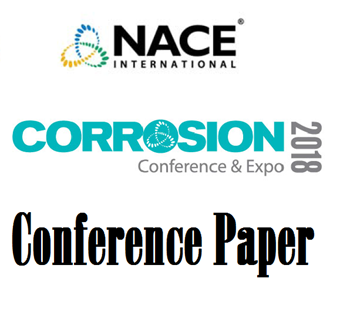Search
08138 Water Accumulation Assessment in Wet Gas Pipelines
Also Purchased
51318-11630-Internal Corrosion Direct Assessment of a Wet Gas Pipeline
Product Number:
51318-11630-SG
Publication Date:
2018
$20.00
08131 Facilitating Internal Corrosion Direct Assessment using Advanced Flow and Corrosion Prediction Models
Product Number:
51300-08131-SG
ISBN:
08131 2008 CP
Publication Date:
2008
$20.00
51314-4276-Advanced Internal Corrosion – Direct Assessment Methology for Wet Gas/Dry Gas Pipelines
Product Number:
51314-4276-SG
ISBN:
4276 2014 CP
Publication Date:
2014
$0.00
Recently viewed




